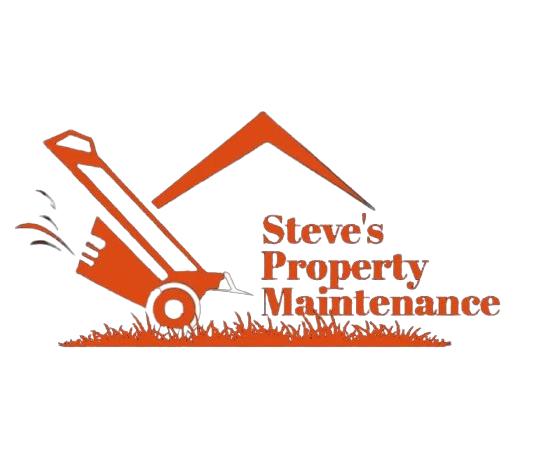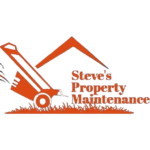Taking care of your lawn needs more than watering and mowing. It calls for clear plans and quick steps to cut the grass and curb weeds.
In this article, we trace the first cut of a new lawn and list ways to stop crabgrass—a common foe for those who care for their yard.
The Initial Mowing Experience
Mowing a new lawn depends on good timing. The video shows a user cutting grass that stood near three inches high. Healthy grass grows best when cut to about three-quarters of an inch. Wet days and soft, muddy ground made this cut hard to plan.
Some lawn experts note that a strong first cut can shock the grass. Cool air and a recent rain help the grass bounce back fast. For new cutters or those tending an older lawn, this step may bring thicker, stronger grass.
Oversowing and Recovery
After the first mow, a light reseed fills bare spots and evens out the yard. A thick, even lawn stops weeds from finding room to grow.
Tackling Crabgrass Early
When warm air appears, crabgrass shows up fast. This weed can take over the yard if it grows unchecked. In the video, the user spotted small crabgrass and applied a herbicide with quinlorac to attack it.
Key Steps for Crabgrass Management
-
Timing of Use: First, spot small weeds. They are easier to stop before they grow big. The video user sprayed the herbicide as soon as new growth was seen.
-
Right Products: It is best to follow label rules when mixing and using the herbicide. The mix came with water and a bit of methylated seed oil. This oil helps the spray stick to the weeds.
-
Spray Path: Covering the weed fully is a key part of stopping growth. A dye in the spray made it simple to see treated spots. The user could then check that the spray touched all the leaves.
Observations and Future Plans
After using the herbicide, the user saw the need for a better sprayer and planned future touches. Heavy rain or new weeds may force more spot sprays soon.
Learning and Adaptation
A healthy lawn grows with care and steady work. This process means watching each step and planning ahead. Spring seeding can bring a fresh start, though new growth may also invite weeds.
Conclusion
Changing a new lawn is a fun and rewarding task. Paying close attention to cut height and reseeding helps form a strong yard. With early mowing and prompt crabgrass care, anyone can build a lively lawn. As the season moves on, keeping a close eye on growth and weeds will help the yard stay in shape. Whether you are a seasoned yard keeper or just starting out, a simple care plan builds a space you can truly enjoy.
[h3]Transform Your Lawn with Steve’s Property Maintenance![/h3]
At Steve’s Property Maintenance, we specialize in expert lawn care, landscaping, and property maintenance services right here in New London County, Connecticut. Whether you need regular lawn maintenance, a complete yard transformation, or eco-friendly landscaping solutions, we’ve got you covered!
📞 Call us today at +1 860-847-3441
🌐 Visit us at https://steves-property-maintenance.com
📅 Schedule a Free Consultation Now!
Don’t wait—take the first step toward a greener, healthier lawn today!

